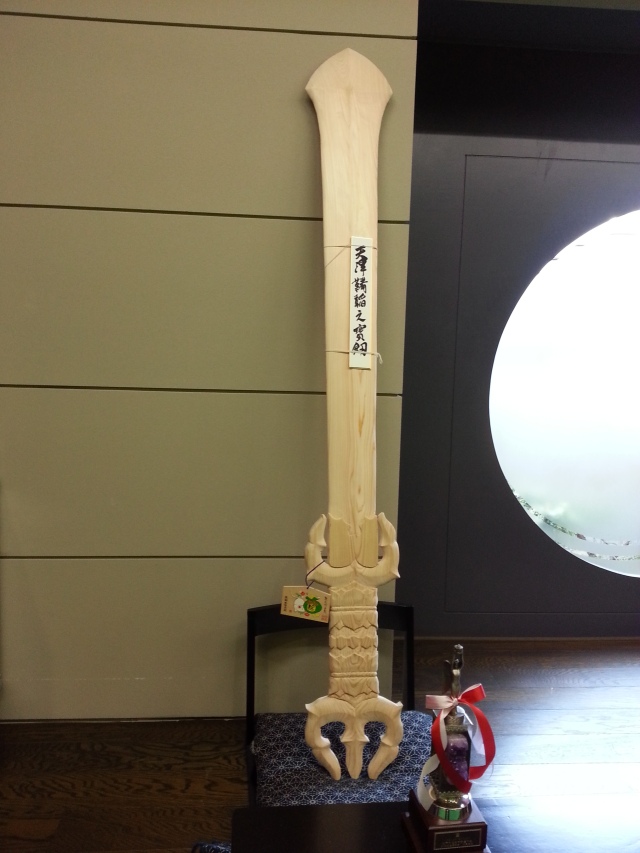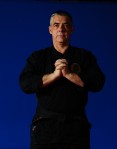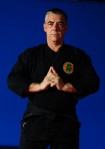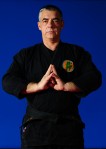From Shiro Kuma's Weblog by kumafr
 On the 28th of January 2014 we will be entering the year of horse of wood. This will be my third year of the horse in the Bujinkan like it has been the case on 27th of January 1990 and on the 12th of February 2002. I see this third occurrence as some kind of Sanshin.
On the 28th of January 2014 we will be entering the year of horse of wood. This will be my third year of the horse in the Bujinkan like it has been the case on 27th of January 1990 and on the 12th of February 2002. I see this third occurrence as some kind of Sanshin.Horse 1990. This is the year when I came to Japan for the first time and I experienced this as an epiphany. Everything I saw during my first stay in Japan inside and outside of the dojo was like magic: to train with Sensei in Japan; to meet with the Japanese Shihan; and to discover Japan and getting a taste of true Japanese culture.
His magic is revealed and demonstrated in each class. But how many bujinkan members are really able to see that what he is teaching us goes far beyond a mere collection of waza and fighting skills? Not so many I guess and this is a pity.







